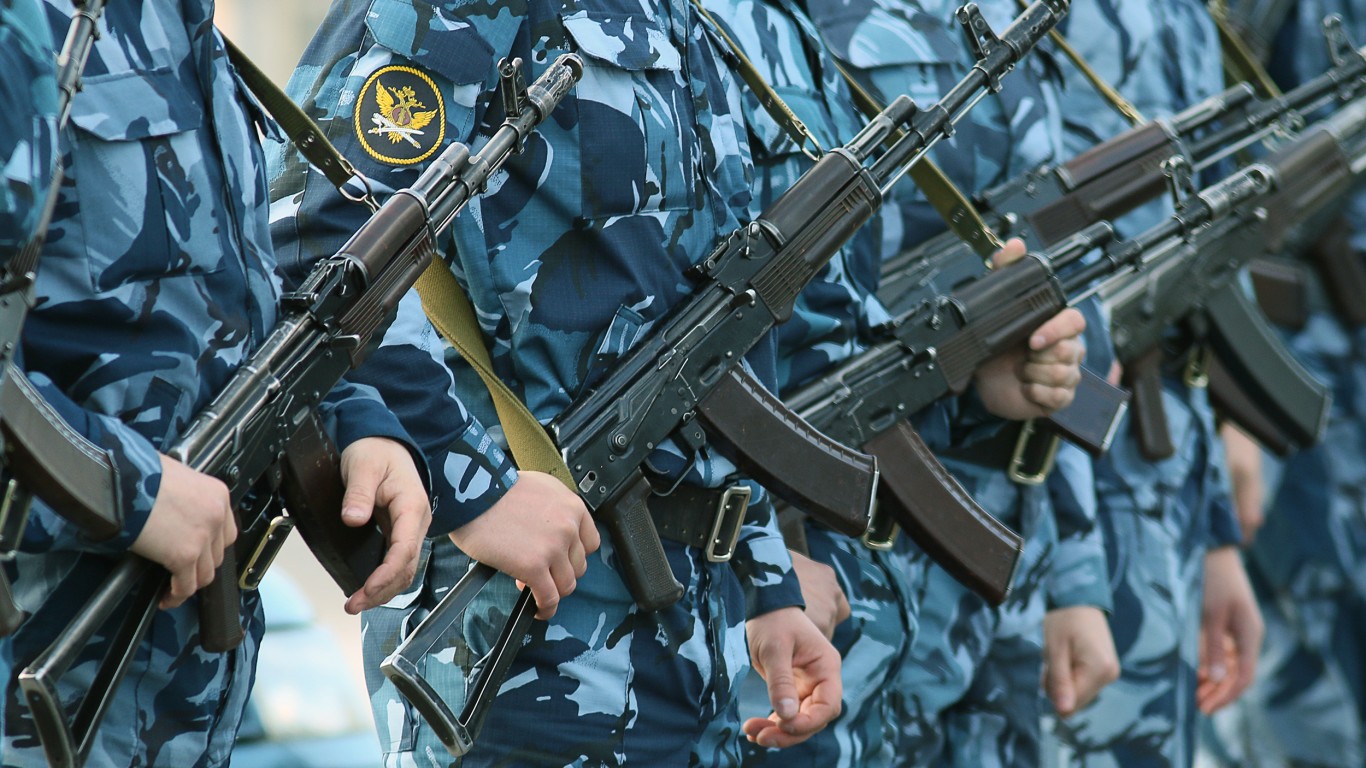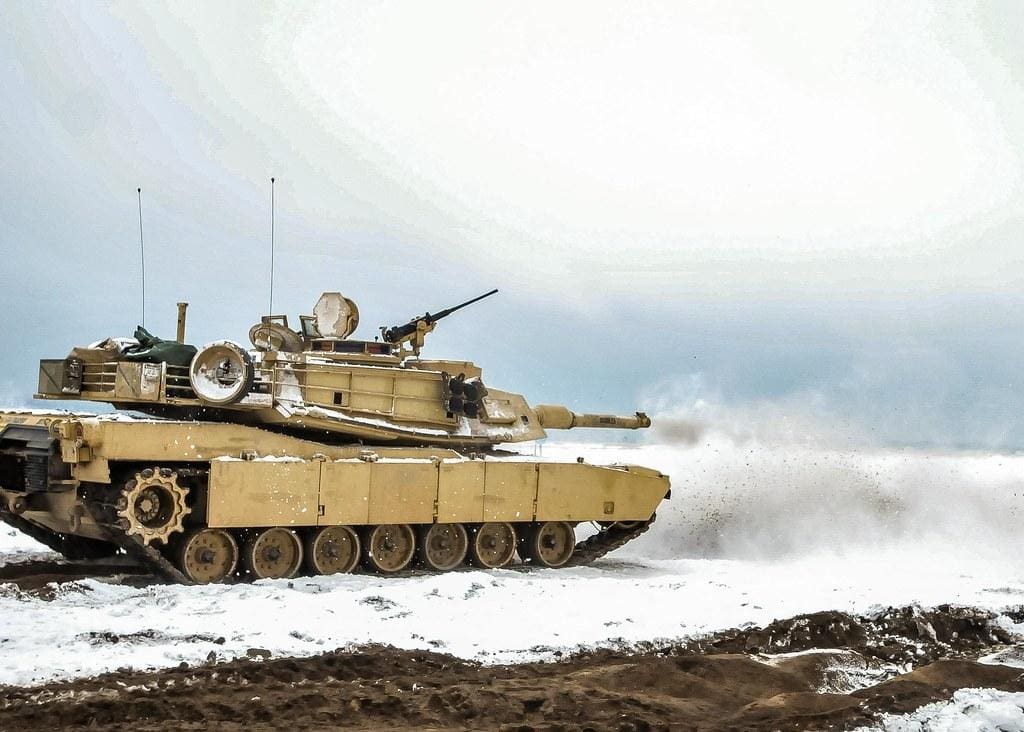
As global tensions increase so does military spending. Many nations are increasing military spending due to ongoing conflicts in Eastern Europe and the Middle East. The United States still leads the way but most NATO members now meet their defense spending obligations. Similarly, American partners in the Pacific are investing heavily in defense.
Nations that are less well-disposed to the United States are also improving militarily. This article will examine the countries doing the most to increase their military strength.
Why This Matters

American global military hegemony has almost been taken for granted since the turn of the century but that might not last much longer. While the US military is still by far the most powerful in the world, the gap is closing. American interests face new challenges and maintaining strong alliances will be more important than ever.
South Korea
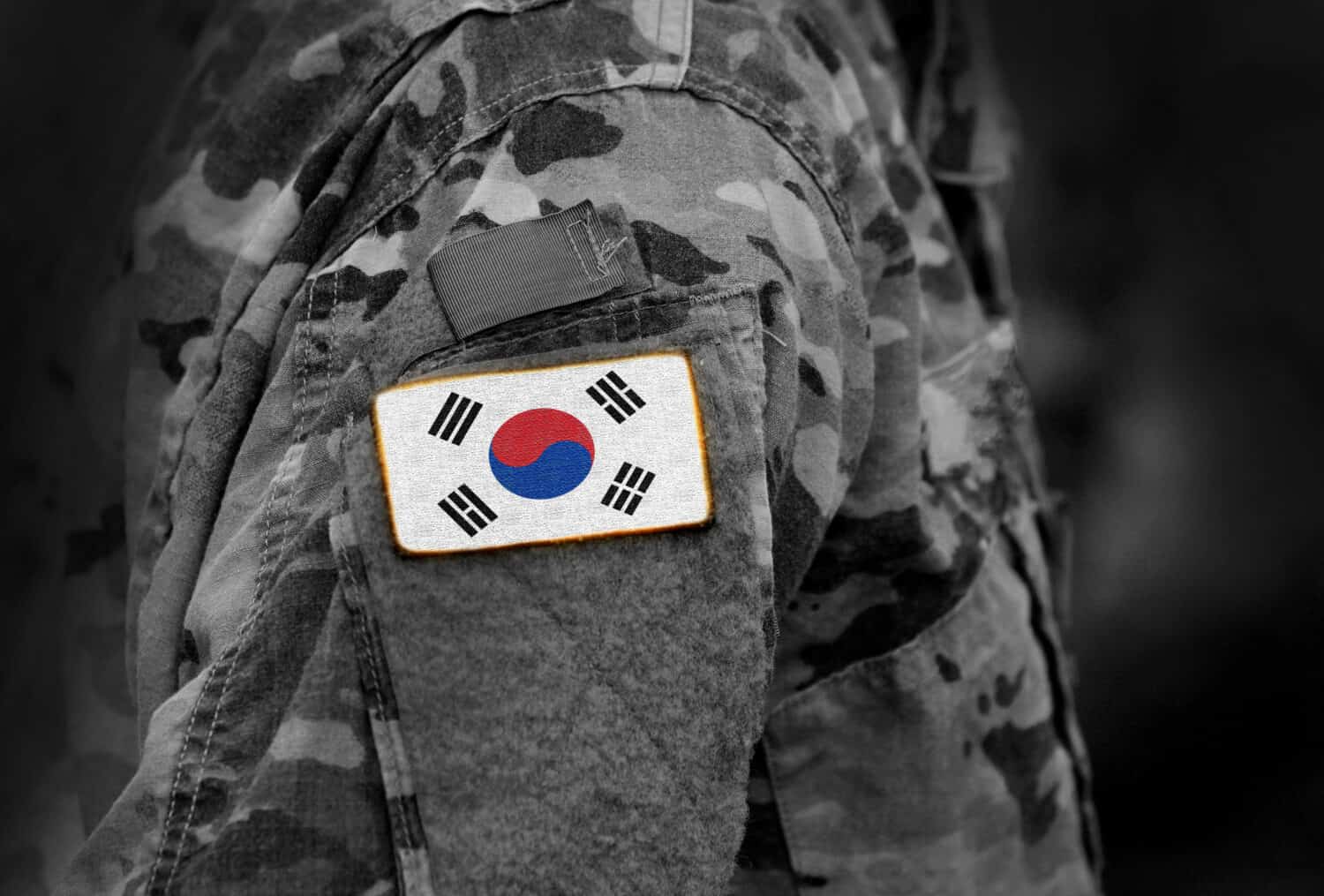
Defense budget: $45.2 billion
Once a poverty-stricken backwater, South Korea is an export powerhouse today. The so-called Miracle on the Han River saw South Korea’s economic development explode after the Korean War. The same may soon be said of its arms industry.
Once heavily dependent on the United States for arms and military protection, Seoul is becoming one of the globe’s top arms manufacturers. South Korea now produces most of its ships, aircraft, and armored vehicles domestically. The FA-50 light combat jet, K2 Black Panther tank, and Hyunmoo ballistic missiles are just some of the top-class military hardware coming out of the peninsula in recent years.
South Korea’s military spending is projected to reach $54.7 billion by 2029. With a looming demographic crisis, Seoul’s security will heavily depend on continuing to develop advanced military hardware.
Japan
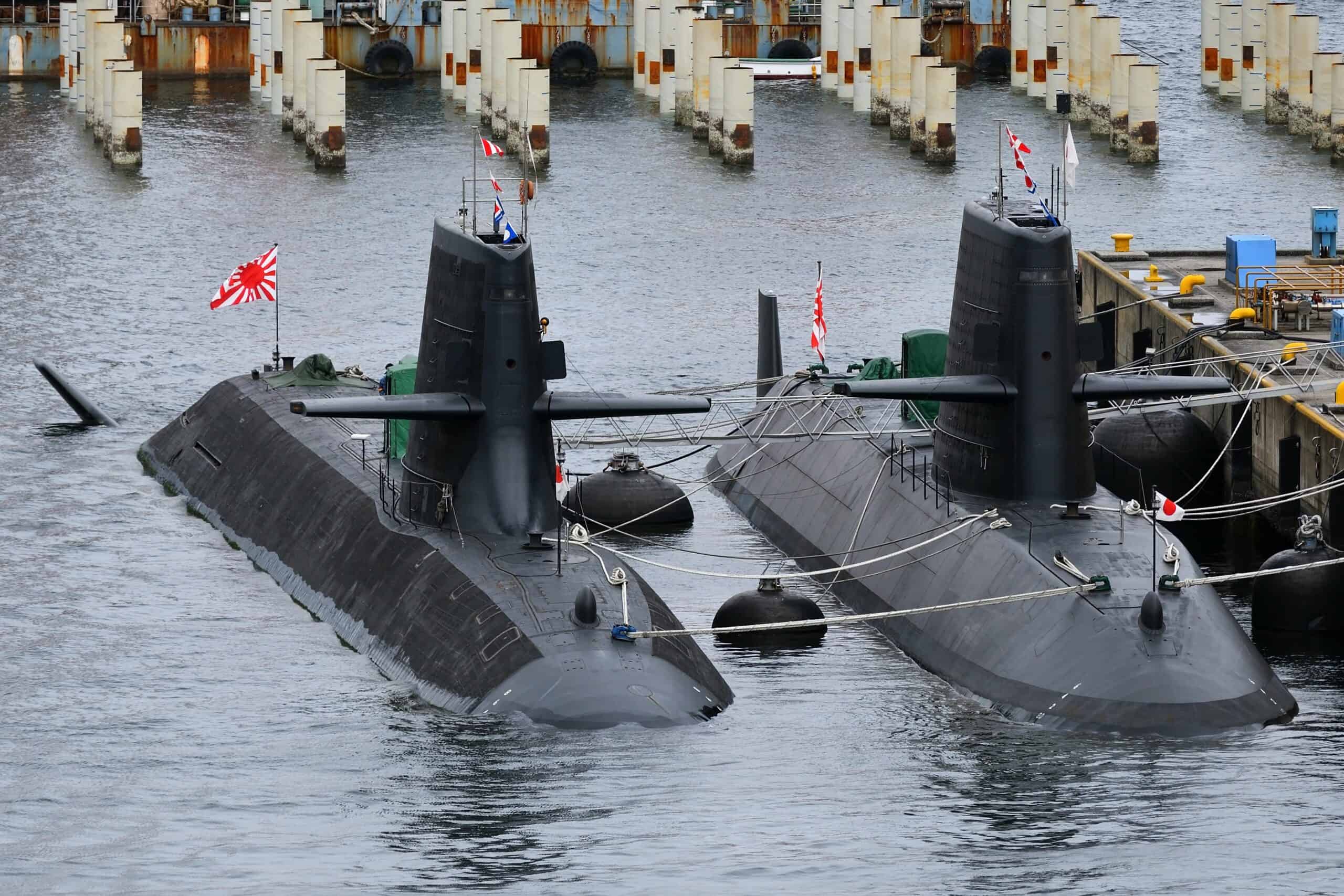
Military budget: $55.9 billion
Article 9 of Japan’s 1947 constitution denounces war but Tokyo has since taken a more nuanced stance on defense. Recent policy revisions include the idea that self-defense can mean coming to an ally’s aid and striking an adversary’s territory if attacked. China’s ambitions toward Taiwan are one of the main driving forces behind this policy shift.
Japan’s Self-Defense Maritime Force is one of the most formidable navies in the world but has difficulty fully crewing its vessels. Japan’s latest defense budget is its largest ever. For years, Tokyo capped defense spending at 1% of GDP but now operates closer to 2%.
Turkey

Defense budget: $40 billion
Turkey has the second-largest army in NATO and occupies a key strategic location. Ankara acts as the gatekeeper to the Black Sea and the land bridge to Asia. Yet Turkey’s flexible foreign policy creates tension within the alliance.
Tukey announced a gigantic increase in defense spending for 2024, up 150% from the previous year. A leading manufacturer of drones, Turkey also boasts an impressive navy. The TGC Anadolu (Anatolia) is the first of three planned helicopter and drone carriers.
Iran

Defense budget: $25 billion (estimated)
Iran’s military spending isn’t exactly transparent. With several regional proxies on the payroll and escalating tensions with Israel, it’s no surprise Tehran is prioritizing its military. Iran enjoys favorable geography and a large population to recruit from. Iran’s standing army is around 600,000 strong and has roughly half a million reservists and paramilitary forces to call upon.
A huge amount of the world’s oil trade passes through the Strait of Hormuz, which makes Iran’s navy a key national priority. Iran has 25 submarines and another nine on order. Additionally, Tehran produces vast numbers of cheap kamikaze drones. The Shahed 136 allegedly costs just $20,000 to make though that figure is disputed. Russia is reportedly paying a steep markup for them to use in Ukraine. Regardless, they are much lower than the cost of the munitions used to shoot them down. Russia is reportedly paying a steep markup for them to use in Ukraine.
Israel

Defense budget: $30.5 billion
It’s not exactly surprising that a nation currently embroiled in a conflict is substantially increasing its defense spending. The Israel Defense Forces (IDF) saw its budget rise 87% from the previous year. The IDF is one of the best-equipped forces in the world. Its only real weakness is its rather limited size. There are fewer than 170,000 active-duty personnel along with 465,000 reservists.
Though heavily subsidized by the United States, the war in Gaza is taking a hefty economic toll. With recent escalations, the war’s daily cost of $269 million will only increase further.
Germany
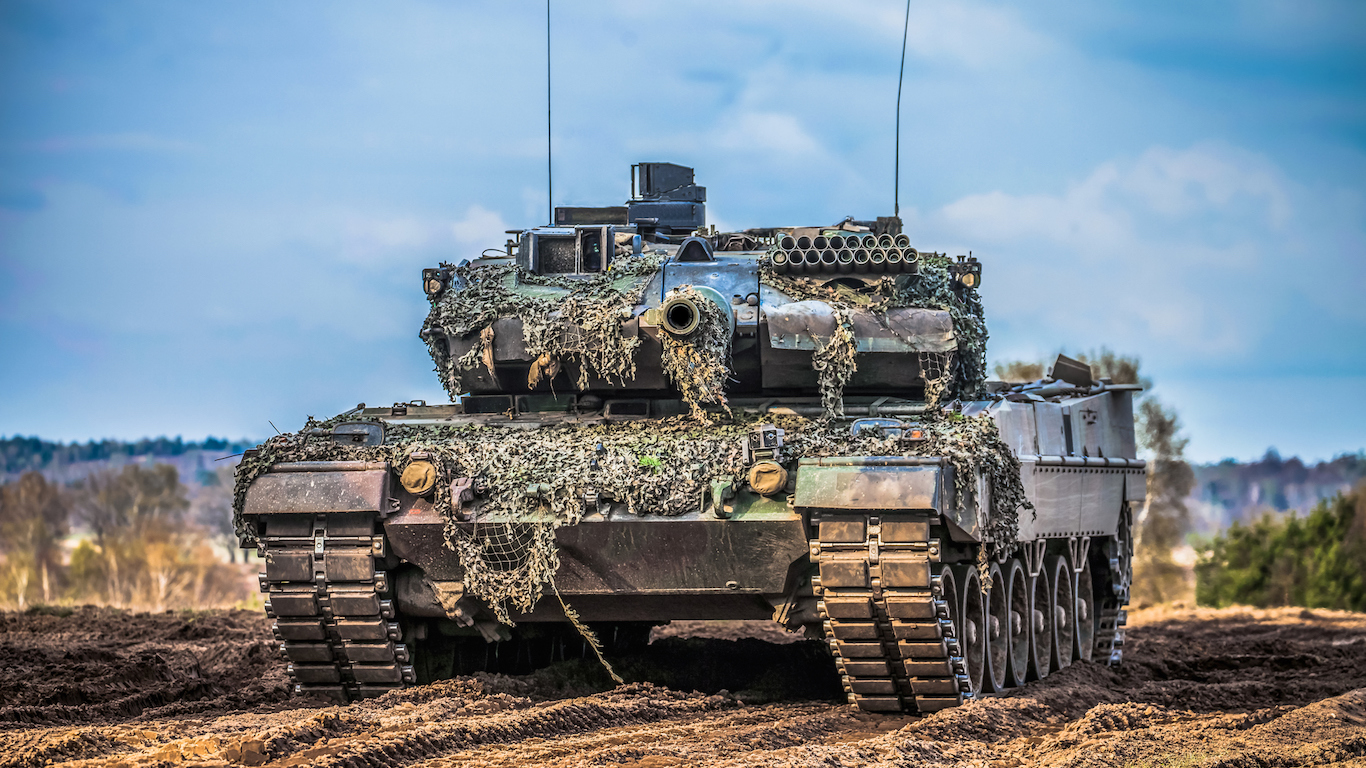
Defense budget: $58 billion*
Germany finally met the 2% NATO threshold for defense spending in 2024. Though well below required spending levels for years, Germany still produces world-class tanks and self-propelled artillery which proved their worth in Ukraine.
Germany has a constitutional “debt brake” that greatly limits deficit spending. Berlin allocated €100 billion ($111.5 billion) as a special fund to modernize its armed forces. The fund will run out in 2028 so maintaining spending at the required level will remain a long-term challenge for Germany.
Spain
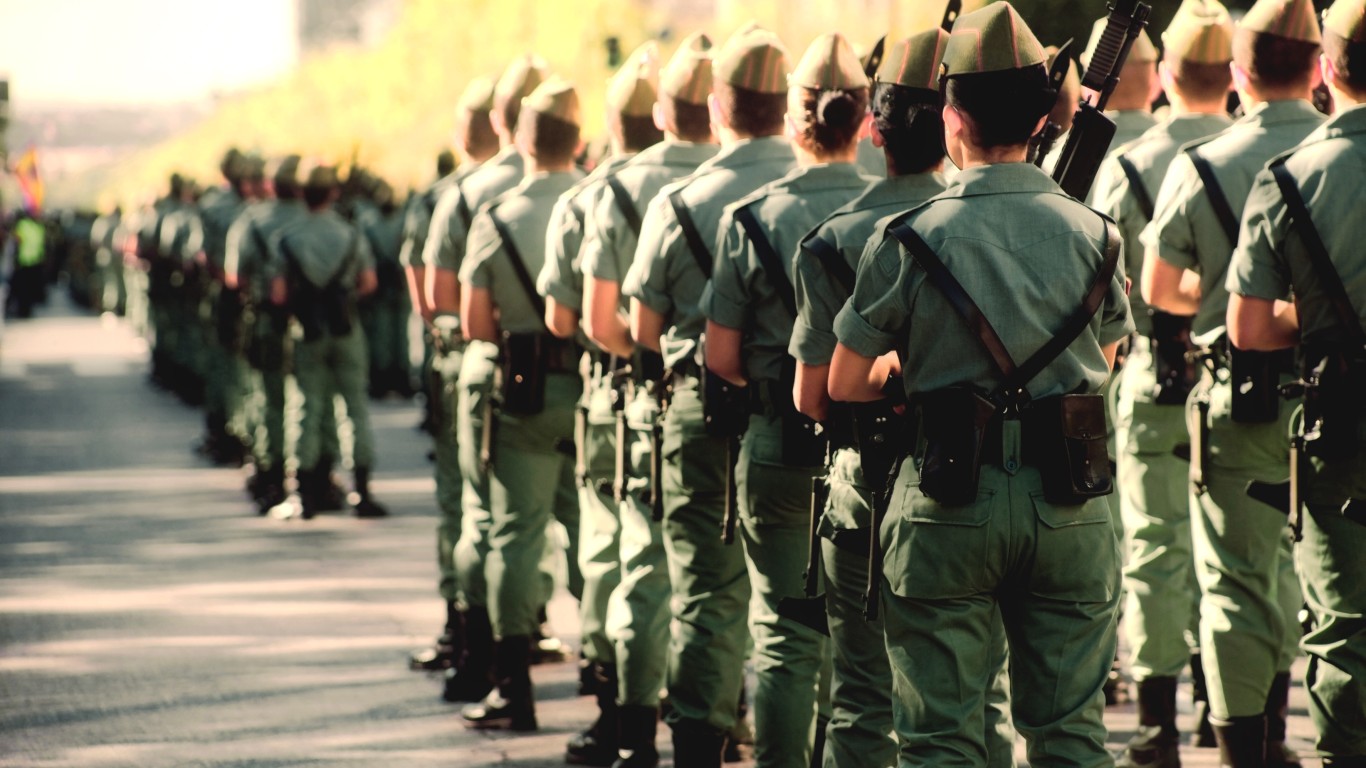
Defense budget: $21.27 billion
Spain’s improved military power comes after years of underinvestment. Madrid is modernizing its armed forces and will significantly increase its naval strength with four submarines and five frigates on order. Among NATO members, only Iceland spends less of its GDP on defense than Spain. Madrid aims to reach the 2% milestone by 2029.
Poland

Defense budget: $41.5 billion
At 4.12%, Poland spends more of its GDP on defense than any other member of NATO. With the Ukraine war unfolding on its border and more than troubled with Russia, Warsaw’s massive military build-up is understandable. Poland now has the third-largest army in NATO and plans to increase that number even further. The 2022 Homeland Security Act will eventually increase the Polish military to 300,000 (250,000 regulars, 50,000 reservists) and raise spending to 5% of GDP.
Poland is spending heavily on procuring modern weapons. These include F-35 jets and M1 Abrams tanks from the United States and K2 tanks and K9 howitzers from South Korea. The first batch of Korean tanks will be imported, the rest are to be built locally under license. Poland will also build its own Patriot launchers after working out a deal with the United States. With this level of investment, Poland’s aim to be the foremost army in Europe could become a reality.
Sweden

Defense budget: $11 billion
Sweden is the newest member of NATO though it would have joined sooner but for obstruction from Turkey and Hungary. A historically neutral country, Sweden pivoted away from almost 200 years of non-alignment when it joined the European Union in 1995.
Russia’s invasion of Ukraine in 2022 prompted Sweden to seek NATO membership. Stockholm will meet its obligation in its first year as a member of NATO. The Swedish parliament isn’t resting on its laurels, there are discussions underway to ramp up spending further.
Russia

Defense budget: $145 billion
Russia has paid heavily for its failings in the early stages of the war in Ukraine and has all but lost its entire surface fleet in the Black Sea. However, Russia is spending vast sums to replenish and strengthen its armed forces. Putin appointed Andrei Belousov, an economist rather than a general, as Defense Minister in May 2024. This reflected a pivot in strategy in Ukraine to a war of attrition. Accordingly, Russia is ramping up its defense spending and increasing the size of its armed forces.
The 2025 defense budget will exceed $145 billion, a 30% hike from 2024. In September 2024, Vladimir Putin announced Russia would expand its army by 180,000 men to 1.5 million. This would make Russia’s army second only to China’s in overall size. Additionally, Russia is investing substantially in its navy. Moscow is replacing its large but aging submarine fleet with newer models adding to its already sizeable fleet of corvettes.
Conclusion
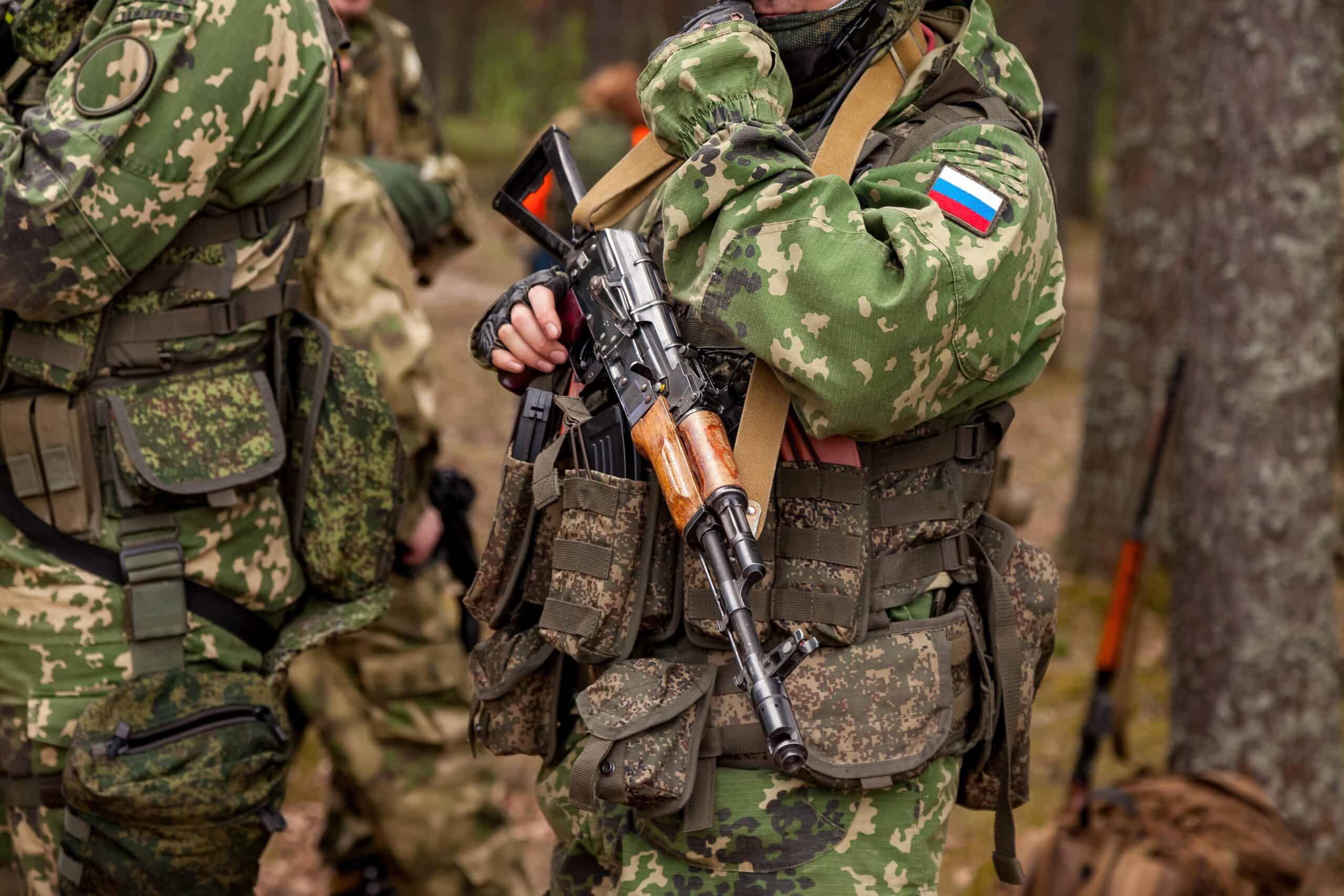
Military spending is on the rise globally due to active conflicts and rising tensions. Naturally, those engaged in active and proxy wars are the most likely to ramp up defense spending and modernize existing forces. Most NATO members now meet their spending obligations after years of falling short. American partners in the Pacific region have also shown more willingness to take more responsibility for their security needs. The United States still has the most powerful military on the planet by far. However, that dominant position can no longer be taken for granted.
It’s Your Money, Your Future—Own It (sponsor)
Retirement can be daunting, but it doesn’t need to be.
Imagine having an expert in your corner to help you with your financial goals. Someone to help you determine if you’re ahead, behind, or right on track. With SmartAsset, that’s not just a dream—it’s reality. This free tool connects you with pre-screened financial advisors who work in your best interests. It’s quick, it’s easy, so take the leap today and start planning smarter!
Don’t waste another minute; get started right here and help your retirement dreams become a retirement reality.
Thank you for reading! Have some feedback for us?
Contact the 24/7 Wall St. editorial team.

